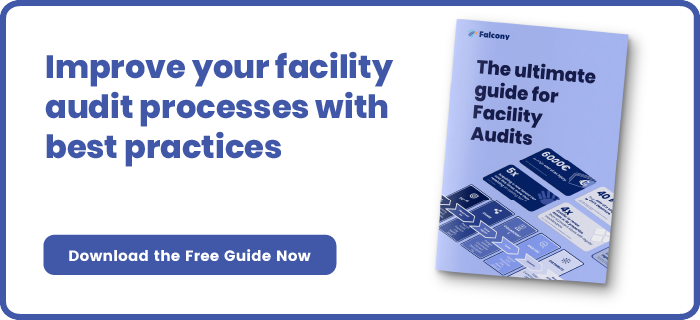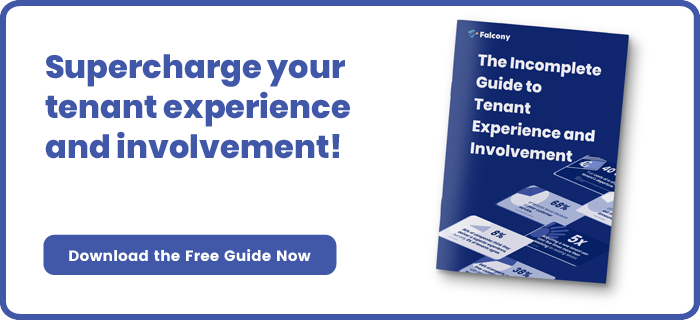12 Common Checklists Used in Real Estate and Property Management
In the intricate world of real estate and property management, efficiency and attention to detail are paramount.
Whether you are an investor, landlord, property manager, or real estate agent, the use of checklists can significantly streamline operations and ensure nothing falls through the cracks. Here, we explore twelve common checklists essential to maintaining smooth operations and ensuring compliance in real estate and property management.
Tenant Screening Checklist
Tenant screening is a critical step in securing reliable tenants who will respect the property and fulfil their lease obligations. This checklist involves thorough verification processes such as confirming employment details, checking credit history for financial stability, obtaining references from previous landlords or employers, and conducting background checks for criminal history. Each step ensures that prospective tenants meet the criteria set forth by landlords or property management companies, reducing the risk of potential issues during their tenancy.
Move-in/Move-out Inspection Checklist
A comprehensive move-in and move-out inspection checklist serves as a vital tool for documenting the condition of the property at the beginning and end of each tenancy. It includes detailed descriptions and photographs of each room and major system (e.g., plumbing, electrical) to accurately assess any changes or damages. This meticulous documentation helps mitigate disputes over security deposits by providing clear evidence of the property's condition before and after occupancy, thereby protecting both landlords and tenants.
Lease Agreement Checklist
The lease agreement is the legal foundation of the landlord-tenant relationship, outlining rights, responsibilities, and expectations for both parties. A lease agreement checklist ensures all necessary clauses and terms are included, such as rent amount, due dates, lease duration, maintenance responsibilities, and rules regarding pets or subletting. By meticulously reviewing and drafting lease agreements, property professionals safeguard against misunderstandings and legal disputes, promoting a transparent and harmonious rental experience.
Maintenance and Repair Checklist
Regular maintenance is essential for preserving property value and ensuring tenant satisfaction. A maintenance and repair checklist outlines scheduled tasks such as HVAC system inspections, plumbing checks, landscaping upkeep, and appliance servicing. Additionally, it includes procedures for responding to tenant maintenance requests promptly and efficiently, ensuring that any issues are addressed before they escalate. By adhering to a structured maintenance plan, property managers can prolong the lifespan of property assets and minimise unexpected repair costs.
Emergency Procedures Checklist
Emergencies can occur unexpectedly and pose risks to both property and tenant safety. An emergency procedures checklist provides clear protocols for responding to various crises, such as fires, floods, power outages, or severe weather events. It includes steps for evacuating tenants, contacting emergency services, and safeguarding essential property documents and equipment. By preparing for emergencies in advance and communicating emergency protocols to tenants, property managers demonstrate their commitment to tenant safety and minimise potential damages to the property.
Financial Checklist
Effective financial management is crucial for maintaining the financial health of rental properties. A financial checklist encompasses tasks such as rent collection procedures, tracking expenses, budgeting for maintenance and improvements, and reconciling accounts. It ensures that rent payments are collected promptly, expenses are accurately recorded and categorised, and financial reports are generated regularly for property owners or investors. By maintaining transparent financial records and adhering to a structured budget, property managers can optimise profitability and make informed decisions regarding property investments.
Inspection Checklist
Regular property inspections are essential for identifying maintenance needs, assessing tenant compliance with lease agreements, and ensuring compliance with safety regulations and building codes. An inspection checklist details areas to inspect, such as structural integrity, electrical systems, plumbing fixtures, and common areas. It includes criteria for evaluating property conditions and documenting any necessary repairs or maintenance tasks. By conducting thorough inspections on a scheduled basis, property managers can proactively address issues, maintain property standards, and uphold tenant satisfaction.
Vacancy Preparation Checklist
When preparing a property for new tenants, thorough preparation ensures a smooth transition and positive first impression. A vacancy preparation checklist includes tasks such as deep cleaning of the property, repairing any damages or wear and tear, testing appliances and utilities, and ensuring compliance with local health and safety standards. Additionally, it may involve updating property listings, scheduling property viewings, and conducting tenant screenings. By following a systematic vacancy preparation checklist, property managers can attract prospective tenants efficiently and minimise vacancy periods.
Legal Compliance Checklist
Compliance with legal regulations and standards is paramount in property management to avoid legal liabilities and penalties. A legal compliance checklist includes requirements such as obtaining necessary licenses or permits, complying with fair housing laws, maintaining habitability standards, and adhering to local zoning ordinances. It ensures that rental properties meet regulatory requirements and that all parties involved in property transactions are protected legally. By staying informed about legal obligations and implementing compliant practices, property managers demonstrate professionalism and ethical conduct in their operations.
Tenant Communication Checklist
Effective communication with tenants is essential for fostering positive relationships and addressing concerns promptly. A tenant communication checklist includes procedures for communicating lease terms, providing rental notices or updates, responding to maintenance requests, and handling tenant inquiries or complaints. It ensures that communication channels are open and accessible to tenants, promoting transparency and trust. By maintaining clear and respectful communication, property managers can enhance tenant satisfaction and reduce misunderstandings or disputes during the tenancy.
Property Marketing Checklist
Successful property marketing strategies are crucial for attracting potential tenants and minimising vacancy periods. A property marketing checklist outlines steps such as creating compelling property listings with high-quality photographs and detailed descriptions, leveraging online rental platforms or social media channels, installing visible signage on the property, and conducting open house events or property viewings. Additionally, it may involve conducting market research to determine competitive rental rates and adjusting marketing strategies based on tenant feedback or market trends. By implementing a targeted marketing checklist, property managers can effectively showcase rental properties and attract qualified tenants quickly.
Tenant Renewal Checklist
Securing tenant renewals is essential for maintaining occupancy rates and reducing turnover costs. This checklist includes steps for evaluating tenant satisfaction, discussing lease renewal options, negotiating terms if necessary, and documenting any agreed-upon changes to the lease agreement. It ensures proactive communication with tenants nearing the end of their lease term, fostering positive landlord-tenant relationships and encouraging lease extensions. By implementing a structured renewal checklist, property managers can streamline the renewal process, retain reliable tenants, and minimise vacancies effectively.
Conclusion
Utilising checklists in real estate and property management is not merely a matter of convenience but a strategic approach to maintaining operational efficiency, ensuring regulatory compliance, and fostering positive tenant relationships. By incorporating these twelve essential checklists into daily operations, property professionals can mitigate risks, enhance property value, and ultimately achieve long-term success in the dynamic real estate market. These checklists serve as invaluable tools for navigating the complexities of property management while prioritising professionalism, efficiency, and tenant satisfaction.
If you're looking to implement a mobile tool for your audits, we've got you covered. Falcony | Audit is easy-to-use, fast to set up, has customisable workflows, vast integration possibilities and more. Contact us for more information.
We are building the world's first operational involvement platform. Our mission is to make the process of finding, sharing, fixing and learning from issues and observations as easy as thinking about them and as rewarding as being remembered for them.
By doing this, we are making work more meaningful for all parties involved.
More information at falcony.io.

Related posts
What is Tenant Management and Why It Matters in Commercial Real Estate?
In the intricate world of commercial real estate, tenant management emerges as a cornerstone for...
9 Crucial Loss Prevention Risks in Real Estate and Property Management
In the dynamic world of real estate and property management, ensuring that assets are protected...
How can property management improve customer service in CRE?
In commercial real estate, delivering exceptional customer service is crucial for attracting and...






